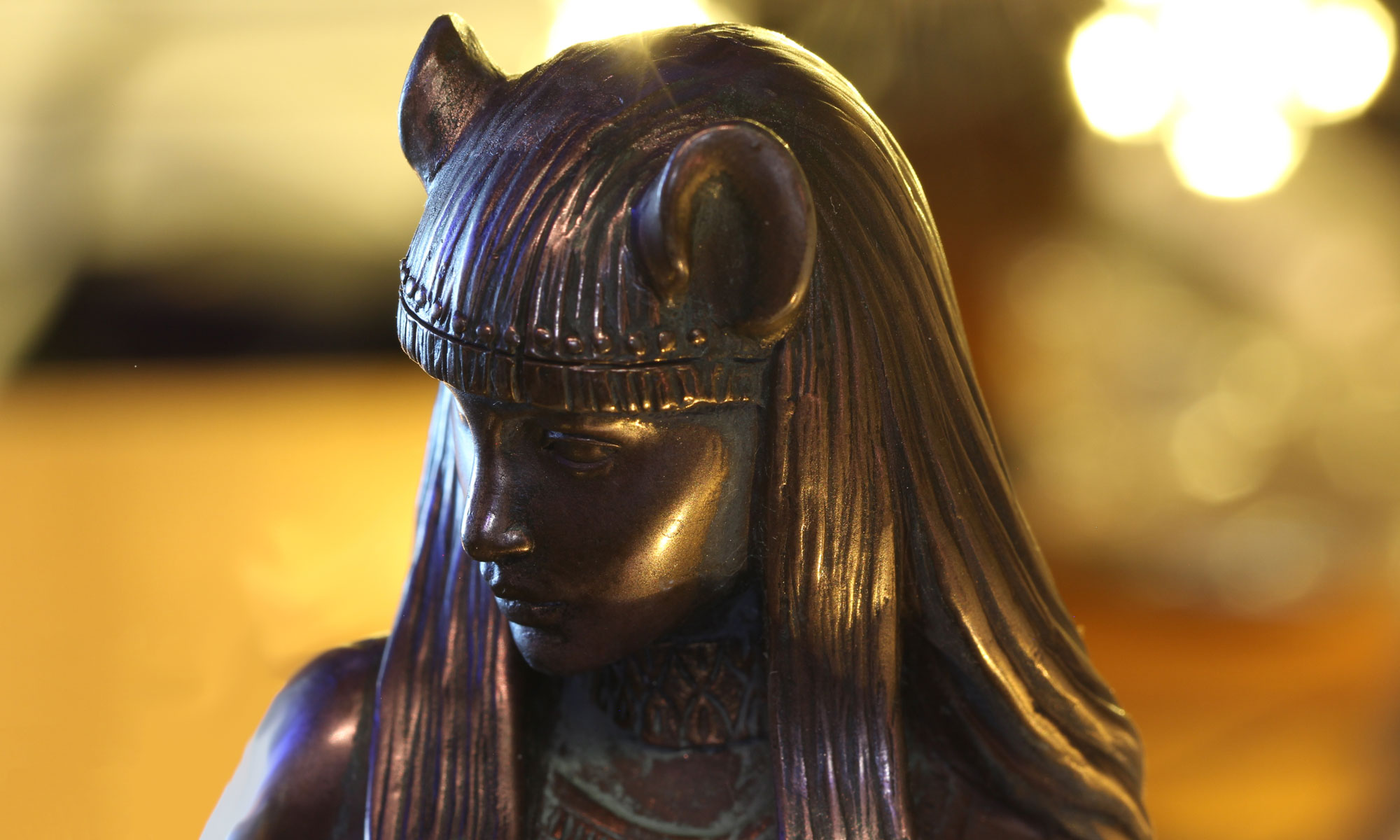Deity in Sisterhood: A Brief Introduction to the Collective Female Sacred in Germanic Europe
©2010, Dawn E. Work-MaKinne. All rights reserved.
Deae Matronae of the UbiPopular imagination often portrays pre-Christian Germanic religion as stereotypically patriarchal and violent. It is true that both pre-Christian and Christian Germanic religious expressions are principally male-centered, and much of the literature from the age of the Viking lore depicts the actions of violent men and families. However, alongside and within these stories, histories and religions runs a counter-view of the divine as collective and female. There are groups of goddesses and groups of female saints, often in collectives of three, but just as often unnumbered. Although it is not a requirement that collective deity be female, in Germanic Europe it is overwhelmingly the case. Collective goddesses and the collective female sacred can therefore be a subset of a larger concept, that of collective deity. For my purposes, collective deity is (1) a group of sacred or supernatural beings (2) collected under one group name (although they may carry additional individual names or epithets) (3) but not conflated into a single being; (4) worshipped collectively; (5) who act and wield their powers collectively and consensually.
The collective sacred female is an underrecognized theme that winds through Germanic religious history, pre-Christian and Christian. The earliest example of the Germanic collective goddesses is the Deae Matronae, Roman-Celto-Germanic goddesses of the Roman Era Rhineland, at the beginning of the Common Era. These goddesses are always a threesome, and when they are depicted in artwork, show two goddesses with the large bonnet headdresses of the married Ubii tribeswoman, along with one goddess wearing the long, flowing hair of the unmarried Ubii woman. The artwork depicting the goddesses clusters around the century beginning 164 CE. Though the goddesses were those of a Germanic tribe, they were worshipped in a Roman manner, and the artifacts that remain are those carved by Roman stonecutters, remnants of the Roman vota ceremonies. The artifacts do not reveal the content of the vows fulfilled by the goddesses, but they do reveal the names and epithets of the Matronae goddesses: names speaking of the landscape, the peoples, the rivers, the animals and the bountiful nature of the goddesses.
It is almost a thousand years before the next collectives of goddesses appear in the Germanic historical record, and these are in Old Norse-speaking Iceland. Continue reading “Deity in Sisterhood: An Introduction”






You must be logged in to post a comment.